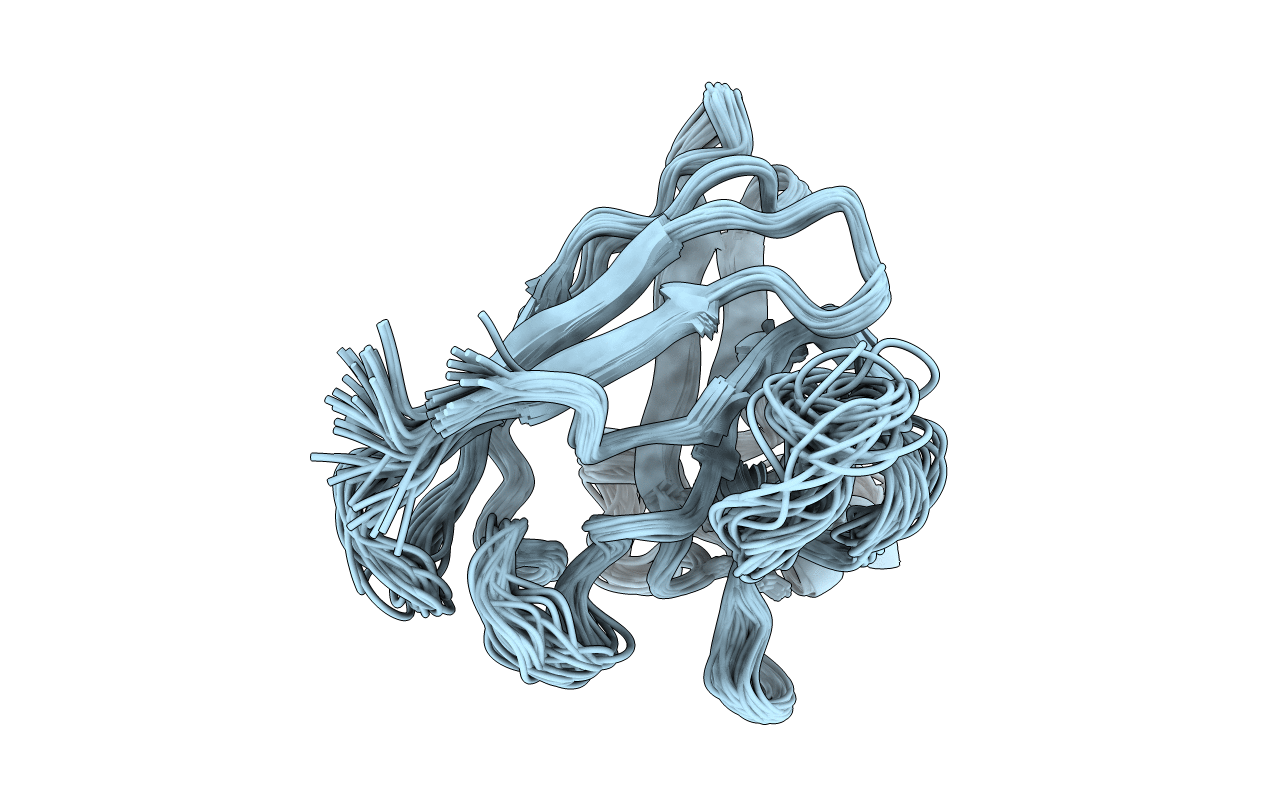
Deposition Date
2001-12-15
Release Date
2002-10-02
Last Version Date
2024-11-13
Entry Detail
PDB ID:
1KMG
Keywords:
Title:
The Solution Structure Of Monomeric Copper-free Superoxide Dismutase
Biological Source:
Source Organism:
Homo sapiens (Taxon ID: 9606)
Host Organism:
Method Details:
Experimental Method:
Conformers Calculated:
400
Conformers Submitted:
35
Selection Criteria:
target function


